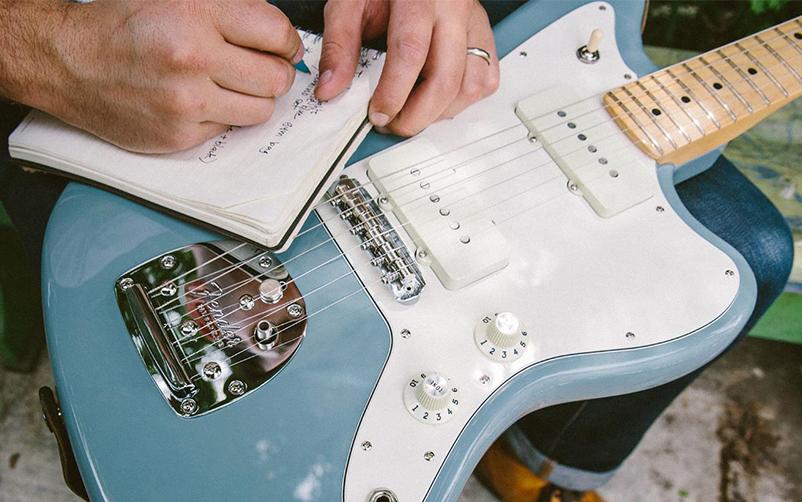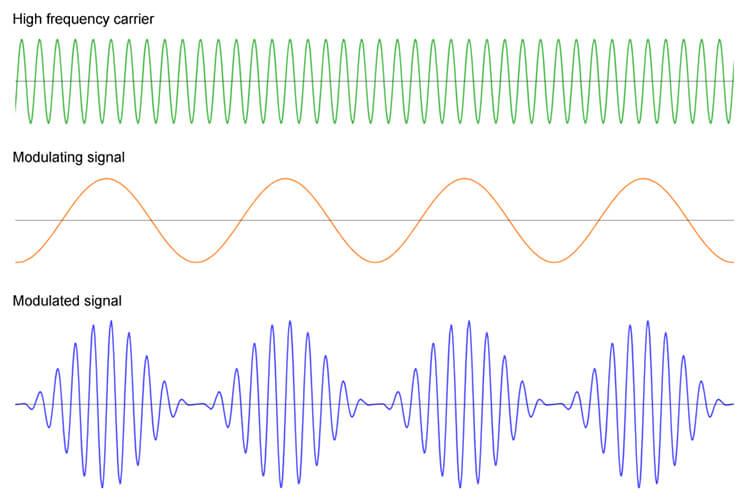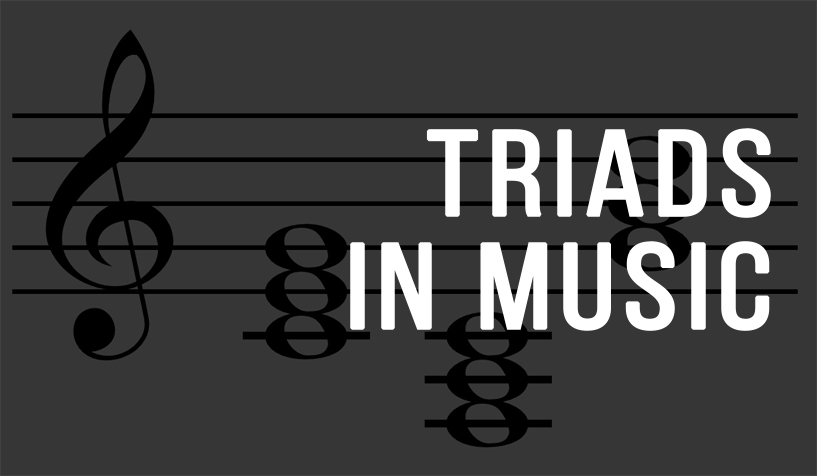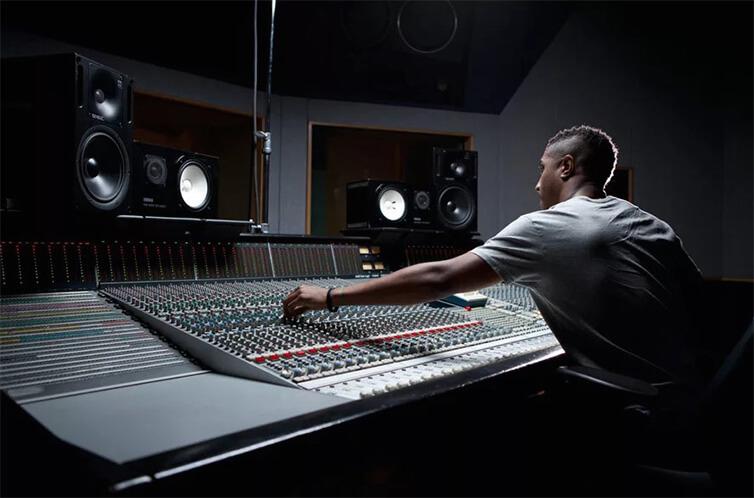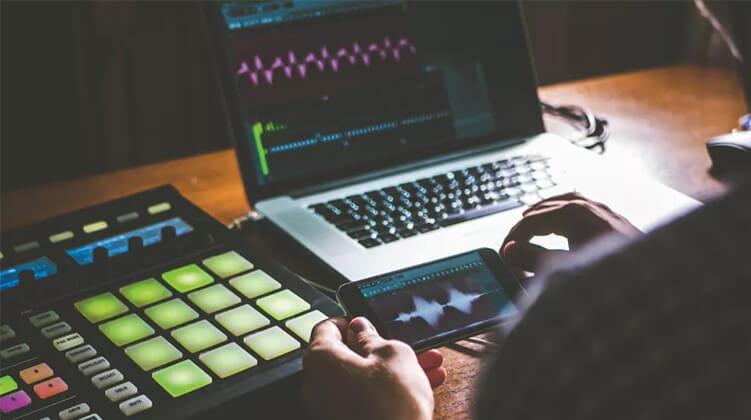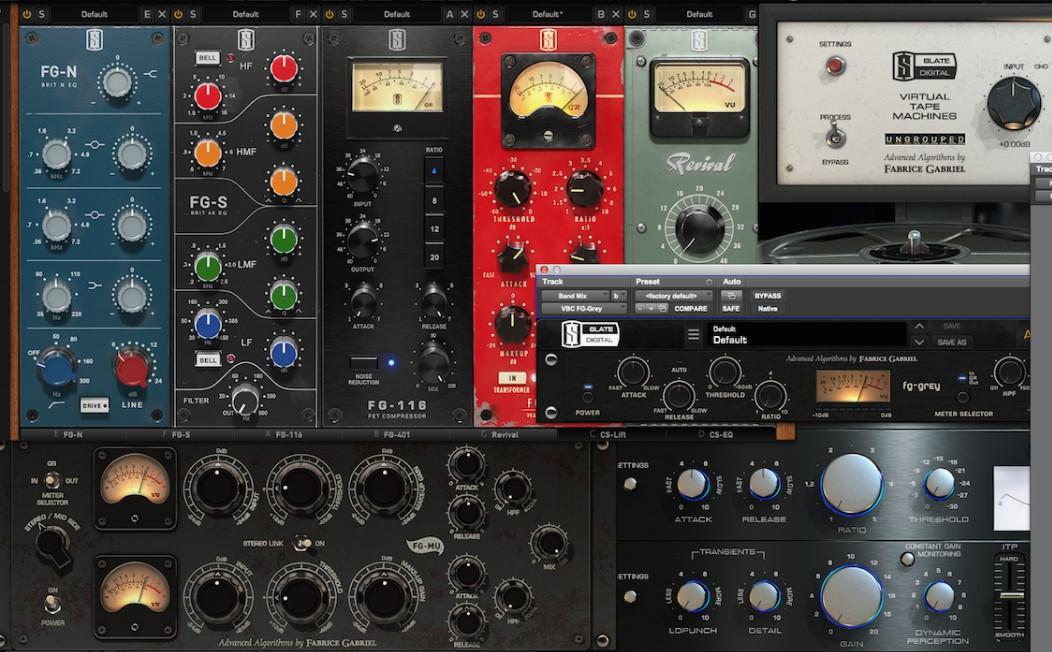How to make money with music on YouTube
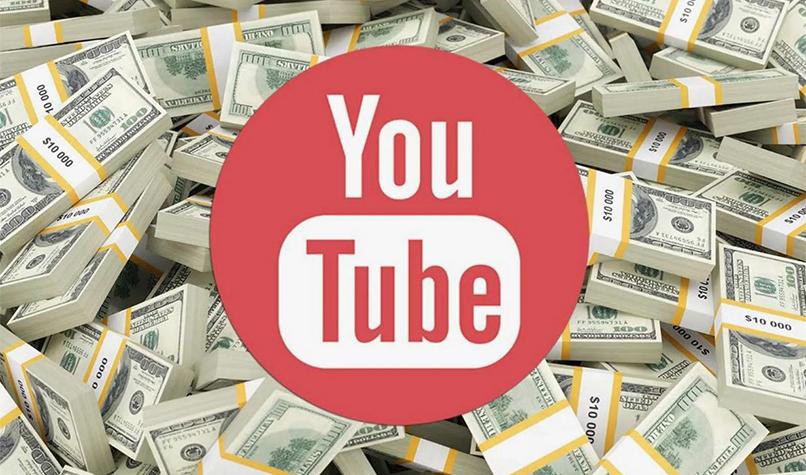
Music is one of the key and most popular types of content on YouTube, as evidenced by the presence of dedicated services such as YouTube Music and YouTube for Musicians, indicating significant revenue generated through music content.
Are you interested in making money from music using a standard YouTube channel? In this article, we will share five effective methods for monetizing music on your channel.
Many of us as children dreamed of a musical career, money and fans, dreaming of star status. While we can’t guarantee you a fan base or endless charisma, today we will discuss how you can make money from music even if you don’t have your own compositions.
The following are various monetization methods for YouTube channels that allow you to earn income from music to which you do not have personal rights:
- Earnings from your own tracks distributed through the channel, including income from views and license sales;
- Using other people’s music in “white” streams;
- Monetization of “gray” streams with other people’s music;
- We will discuss the details of each of these methods below.
White streams of other people’s music
All music tracks can be divided into two categories: licensed and unlicensed. Licensed tracks are available for purchase and use in a variety of playlists, be it music for gaming, relaxation, yoga, house cleaning or parties.
Disadvantages: To use licensed music, you must purchase a license.
Benefits: The license investment can be recouped through revenue from monetization of your content, as well as links to your products or services included in pinned posts or channel descriptions.
Gray streams of other people’s music
The concept remains the same – we create playlists or select individual tracks for streaming, but in this case we do without purchasing licenses, which means that all monetization proceeds go directly into the pockets of the copyright holders. Thus, your earnings will consist of income from placing links in the description and redirecting traffic from “gray” music videos to “white” content materials.
Downloaded the track – got money
Selling copyright-free music is one of the most effective ways to make money. Let’s figure out where you can find such compositions for further use.
YouTube Library: Open YouTube, go to Creator Studio, then Library. Use the filter to search for songs that do not require attribution. You can also adjust the filter by track duration to 1:30-2:00 minutes, since such fragments are the most popular.
After selecting the appropriate tracks, create a video for your video using materials from stock resources.
Then turn to file sharing services that offer rewards for downloading files. An example is the File-mix service, where you can earn from a few rubles to more than 80, depending on the download region.
Scheme of work
Here is a detailed plan on how you can organize your work process to effectively use music tracks:
- Start by finding a suitable track;
- Then move on to the visual component by creating a video sequence in any available video editor;
- After that, upload the tracks to the selected file hosting service;
- After that, upload the tracks to the selected file hosting service;
- Place the short links you receive in the description of your YouTube video. Considering that there are many content creators on the platform in search of music without licensing restrictions, you can easily direct them to download a track from a file hosting service;
- Don’t forget to supplement the video description with various offers and offers to maximize the opportunity to earn passive income in the long run.
Using music not only as art, but also as a means of earning money, opens up great opportunities for earning decent passive income if you correctly integrate tracks into content.
Selling your own music
Selling original music is one of the most profitable methods of making money on YouTube. Your music channel not only attracts potential buyers, but also allows you to make money by monetizing the content.
Let’s look at the example of Peder Helland, a Norwegian composer who creates music for relaxation and meditation. Peder has a personal channel, Peder B. Helland, and a main channel, Soothing Relaxation, as well as several additional channels.
His videos, which are slideshows of picturesque landscapes, receive millions of views. For example, his track “Flying” has been streamed more than 227 million times. Thanks to the monetization of the Soothing Relaxation channel, Peder earned at least $1.8 million from 1,855,447,237 views.
However, the bulk of his income comes from selling licenses to use his music. Under each of his videos there is a link to a site where you can purchase a license for any of his compositions.
Music licenses are typically purchased for the following uses:
Meditation Guide
This is a method where meditation is carried out under the guidance of a soothing voice, which helps a person achieve calmness and mental clarity. This category includes various forms of meditation practices such as affirmations, self-hypnosis, yoga and others.
Short films
Music tracks can serve as background for short films or YouTube video projects up to 30 minutes long.
Indie games
Indie games, created by individual developers or small teams without the support of major publishers, also use background music to create atmosphere.
Documentaries
Licensed music can be used as background music for documentaries, adding emotional depth and context.
Audiobooks
Licensed tracks can be used to narrate audio books, adding an extra dimension to the reading of the text, which contributes to better perception and immersion in the material.
Music license for establishments and shops
In commercial spaces like shopping malls, stadiums, hotels, etc., licensed background music is usually played.
Locations where licensed music may be used include:
- Spa salons;
- Massage studios;
- Coffee shops;
- Retail Stores;
- Hotels;
- Yoga centers;
- Art galleries;
- Museums;
- Waiting areas;
- Restaurants;
- Medical and psychotherapy rooms;
- Live training courses and classes.
This type of licensing is the most expensive and is usually issued for one year, unlike other types of licenses which may not expire. License prices range from $0.99 to $169. For example, it might cost $2.99 to download a song for personal listening, $49 for use in a short film on YouTube, or $99 for use in a documentary.
Assuming that a $50 license is purchased by just one viewer in a million, this would result in approximately 1,855 license sales and an author income of at least $592,750. However, the actual number of sales is likely higher.
Examples of successful YouTube license sellers:
- Margie from the USA, YellowBrickCinema channel – Relaxing Music;
- Andre from the UK, Simply Hypnotic channel;
- Tim Janis from the USA, Tim Janis channel;
- Jason Stephenson from Australia, Jason Stephenson channel – Sleep Meditation Music;
- Jason Stephenson from Australia, Jason Stephenson channel – Sleep Meditation Music;
If you have a talent for creating music, YouTube can be a platform to attract buyers to license your work.
To create video sequences, you can use free resources such as Pixabay or Pexels, as well as other photo stocks. To automate record sales, specialized services are suitable:
- Multiza;
- AudioJungle;
- Pond5;
- ezMediArt;
- DistroKid;
- CD Baby;
- TuneCore;
- Landr;
- ReverbNation;
- Amuse;
- AWAL;
- Record Union.
You can also post your music on platforms such as iTunes, Google Play and Amazon. Monetizing your YouTube channel will also contribute to your revenue.
Selling your goods and services
In this monetization strategy, you use music not as an end product, but as a means to attract attention to your products or services.
Let’s say you create custom-made unique musical instruments and play them perfectly. The instrument can be anything from flute to drums.
Your YouTube channel can include three types of videos:
- Demonstrate your skill on an instrument that you created yourself. At the end of such a video, you can invite viewers to watch and purchase your work by pointing to a link under the video. These videos attract new customers;
- Reviews from satisfied customers. Many people are guided by the opinions of others when choosing products. Reviews from your customers motivate others to make a purchase;
- Performances by your clients on instruments you made. There is no better advertising than seeing famous or talented musicians play your instrument.
If your specialty is teaching musical instruments, use music in your videos to attract attention to your website where your video courses and master classes are advertised.
It is important that you must use only your own music or improvisations in your video to avoid claims from YouTube’s Content ID system. It is not recommended to enable monetization on such a channel, as advertising from third parties can negatively affect your image and reduce sales.
Selling other people’s goods and services
This marketing method is similar to the one described earlier, except that here you advertise other people’s products or services by participating in affiliate programs. This approach simplifies the process by not requiring you to handle payment processing or shipping, but your income will be limited to only a small fraction of the cost of the product or service sold.
For example, if you play guitar, you could invite your viewers to visit an online store where you say you purchased a great-sounding guitar. Finding such a store will not be difficult; just type into a search engine a query like “guitar store affiliate program.”
One of the available options would be Aliexpress, which makes it worthwhile to create content in English to reach an international audience.
If your interest is promoting guitar courses, a search like “guitar courses affiliate program” will open the door to even more profitable opportunities, given that the commission for the sale of educational materials can be 20-30% of their cost, while while commissions for selling instruments are usually lower.
In this case, you do not have to use exclusively your own music or perform the works yourself. You can create videos using licensed music (see previous sections) or recordings made by artists you know with their written consent.
Don’t forget also that monetizing your YouTube channel will bring in additional income.
Music channel monetization
This method may seem the most accessible and hassle-free, although it does not promise large profits right away. Your task is to regularly update your channel with music videos in a variety of genres. You can start with a variety of content – from rock to pop music, and then analyze audience preferences to identify the most popular direction.
To create content, you can use your own music tracks, tracks from the YouTube library, as well as music purchased with a license.
The investment in music licenses, which can reach up to $49 per track, may seem significant at first glance. However, if your video gets a million views thanks to high-quality music, your monetization income could exceed $1,000. This is a pretty good investment considering that a successful video will attract new subscribers and increase the number of views on your other videos.


